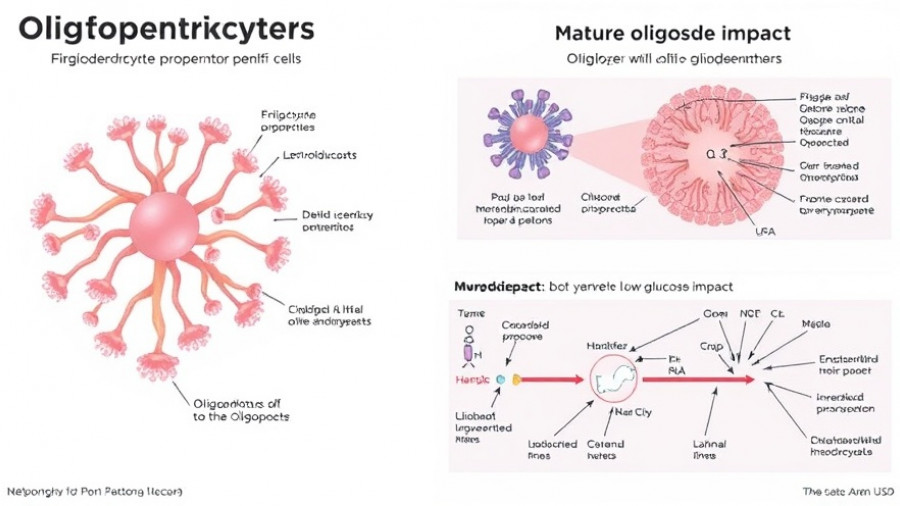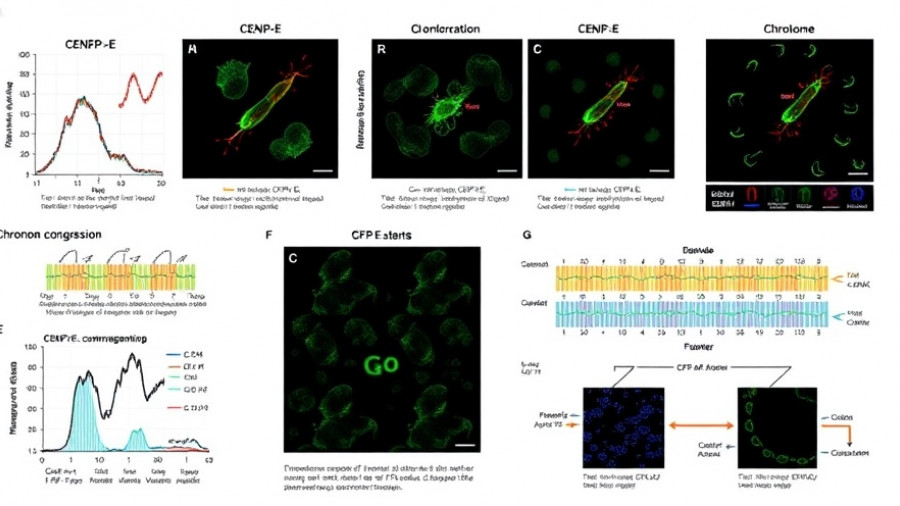
Understanding the Correction: The Role of O-GlcNAcylation in Cancer
The recent correction to the article detailing insights into O-GlcNAcylation and programmed cell death (PCD) in cancer highlights the complexities and importance of accurate authorship in scientific literature. Acknowledging contributions accurately, as noted in the corrections made regarding authors Wenhao Ren and Jingjing Zheng, is critical not only for maintaining academic integrity but also for fostering collaboration in the scientific community.
What is O-GlcNAcylation?
O-GlcNAcylation is a post-translational modification involving the attachment of O-linked N-acetylglucosamine (O-GlcNAc) to serine or threonine residues of proteins, impacting various cellular processes. This modification vies for utility in cancer research, particularly in the regulation of programmed cell death, highlighting its pivotal role in cellular signaling pathways associated with cancer progression.
Link to Programmed Cell Death
Research has increasingly unveiled connections between O-GlcNAcylation and various forms of programmed cell death, including apoptosis, autophagy, pyroptosis, necroptosis, and ferroptosis. By impacting these cellular death pathways, O-GlcNAcylation can either promote survival or death of cancer cells, contributing to the tumor microenvironment and potentially offering targets for therapeutic intervention.
The Impact of O-GlcNAcylation in Cancer Treatment
Targeting O-GlcNAcylation presents a transformative approach for cancer therapies, particularly by leveraging small molecules to inhibit the enzymes responsible for its addition (O-GlcNAc transferase or OGT) and removal (O-GlcNAcase or OGA). This targeted therapeutic avenue seeks to adjust the levels of O-GlcNAcylation to resensitize cancer cells to treatment, overcoming resistance mechanisms that are prevalent in many malignancies.
Case Studies on O-GlcNAcylation and Cancer
Several studies have outlined the roles of O-GlcNAcylation in specific cancers. For instance, in hepatocellular carcinoma, modification of key regulatory proteins by O-GlcNAcylation enhances cancer cell survival and proliferation, complicating treatment responses. Furthermore, inhibitors that target O-GlcNAc levels have shown promise in reversing drug resistance, indicating the clinical potential for O-GlcNAcylation modulation in therapy regimens.
Future Directions and Implications for Cellular Health
Continued research into the dynamics of O-GlcNAcylation can yield insights not only for oncology but also for broader applications in cellular rejuvenation and health. Understanding how this modification influences mitochondrial function, cellular repair, and overall cellular health can pave the way for advancements in regenerative medicine.
Concluding, the implications of the correction in the authorship of the initial study resonate deeply within the scientific community, underlining the significance of transparent, accurate collaboration in research. The research on O-GlcNAcylation presents a burgeoning field full of opportunities for therapeutic interventions that could brand a new dawn in cancer treatment strategies focused on restoring cellular health and targeting unwanted cell death pathways. Add Row
Add Row  Add
Add 




Write A Comment